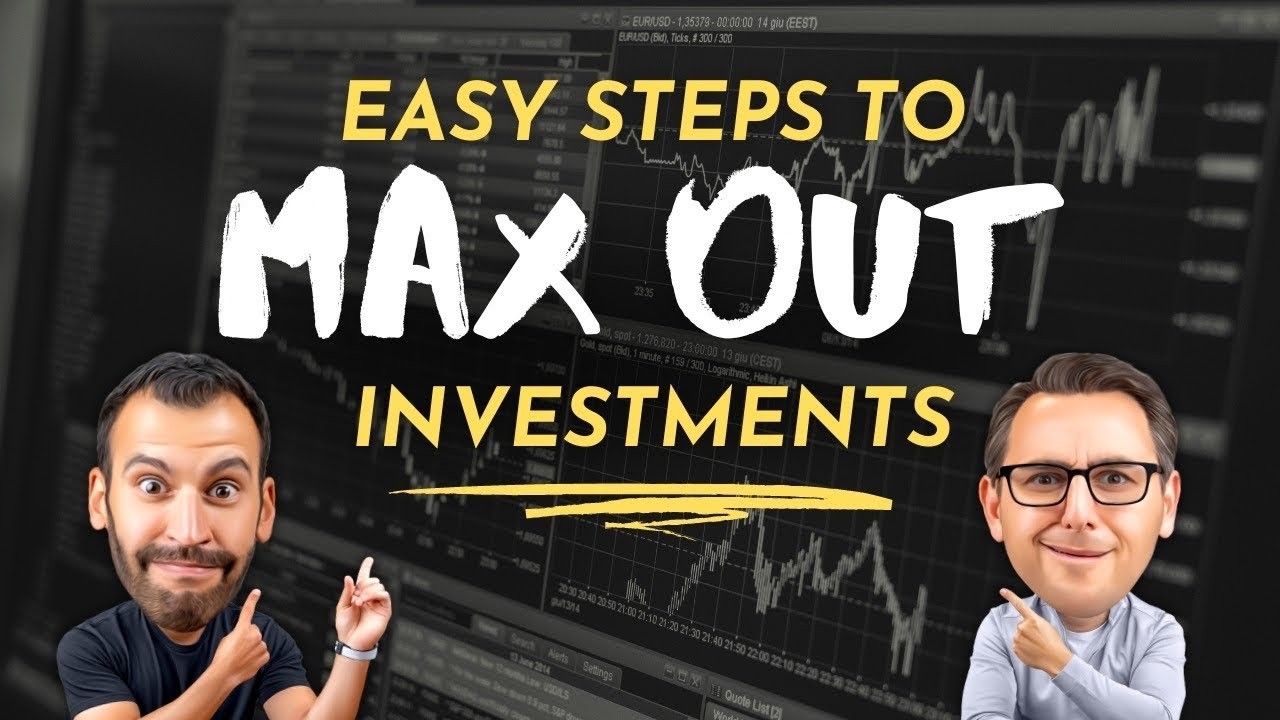In the dynamic world of finance, the allure of maximizing returns on investment is a powerful motivator, drawing individuals into the complex interplay of markets, assets, and economic forecasts. While the pursuit of the “highest” return can sometimes lead to ill-advised speculation, a truly knowledgeable investor understands that maximizing return is not about chasing fleeting trends or high-risk gambles. Instead, it’s a disciplined, strategic endeavor rooted in understanding risk, leveraging long-term principles, and making informed decisions aligned with one’s financial goals. For individuals seeking to genuinely amplify their wealth, this involves a systematic approach, akin to a seasoned business deploying capital not just for immediate profit, but for sustainable, exponential growth over time.
The foundational principle of investing for maximum return lies in understanding and strategically managing risk. While it might seem counterintuitive, higher returns are inherently linked to higher risks. There is no magic formula for outsized gains without proportionate exposure to potential losses. Therefore, the first crucial step is to honestly assess your own **risk tolerance** and **time horizon**. A young investor with decades until retirement can afford to take on more risk, knowing they have ample time to recover from market downturns, and can therefore allocate a larger portion of their portfolio to growth-oriented, more volatile assets like equities. Conversely, someone nearing retirement, with a shorter time horizon, would prioritize capital preservation and stable income, even if it means lower potential returns. Maximizing return for *them* means optimizing within their acceptable risk parameters, not chasing aggressive growth that could jeopardize their nest egg. This personal calibration is paramount; chasing returns beyond your comfort zone often leads to panic selling during market corrections, locking in losses and undermining long-term growth.
Once risk tolerance is established, the next key strategy for maximizing return is **strategic asset allocation** and **diversification**. Instead of putting all your eggs in one basket, a well-structured portfolio spreads investments across various asset classes, each with its own risk-return profile. Typically, this includes equities (stocks), fixed income (bonds), and potentially real estate or alternative investments. Equities offer the highest historical returns over the long run but come with greater short-term volatility. Bonds provide stability and income, acting as a ballast during market downturns. Diversification extends beyond asset classes to include various sectors, industries, market capitalizations (large-cap, mid-cap, small-cap), and geographies (domestic and international). This wide net minimizes the impact of a poor performance in any single investment, smoothing out returns and reducing overall portfolio risk, thereby maximizing the *likelihood* of achieving consistent, significant returns over time. It’s a sophisticated risk management technique, much like a global corporation diversifying its supply chains and markets to insulate against regional disruptions.
Crucially, **long-term perspective and the power of compounding** are perhaps the most potent, yet often underestimated, drivers of maximum return. Wealth is not built overnight; it accrues steadily through the magic of compounding, where your earnings generate further earnings. The longer your money remains invested and continues to compound, the more significant the growth becomes, especially when coupled with consistent contributions. Even modest returns, compounded over decades, can lead to substantial wealth. This emphasizes the importance of starting early and investing consistently, irrespective of market fluctuations. Trying to “time the market”—buying low and selling high perfectly—is notoriously difficult, even for professional investors. A disciplined strategy of consistent contributions (dollar-cost averaging) regardless of market conditions often yields better long-term results than attempting to predict short-term movements. This patient, disciplined approach is the financial equivalent of a business focusing on long-term value creation rather than chasing fleeting quarterly gains.
Furthermore, **minimizing fees and taxes** plays an enormous, though often invisible, role in maximizing net returns. Every percentage point paid in management fees, trading commissions, or unnecessary taxes directly reduces your take-home returns. Over decades, these seemingly small deductions can amount to hundreds of thousands, or even millions, of dollars in lost wealth. Opting for low-cost investment vehicles like broad-market index funds or exchange-traded funds (ETFs) and strategically utilizing tax-advantaged accounts (like 401(k)s, IRAs, and HSAs) allows your money to grow largely unburdened by annual tax drags, accelerating the compounding effect. Understanding your tax bracket, capital gains rules, and the benefits of tax-loss harvesting can further optimize your after-tax returns. This meticulous attention to cost and tax efficiency is a fundamental principle of profitability for any well-run business.
Finally, continuous learning and disciplined rebalancing are essential for sustained maximum returns. The investment landscape is constantly evolving, with new technologies, economic shifts, and geopolitical events influencing market dynamics. Staying informed through reputable financial news sources, understanding fundamental economic principles, and perhaps seeking advice from a fiduciary financial advisor can help you make informed adjustments to your portfolio as needed. Moreover, periodic **rebalancing**—adjusting your portfolio back to your target asset allocation as market movements cause it to drift—ensures you maintain your desired risk level and systematically buy low and sell high. This proactive management and willingness to adapt are crucial, much like a forward-thinking company constantly evaluating its strategy and reallocating resources to remain competitive and profitable.
In conclusion, investing for maximum return on your money is not about finding a secret shortcut; it’s a sophisticated, long-term strategy built upon a robust understanding of risk tolerance, intelligent asset allocation and diversification, the powerful force of compounding, meticulous minimization of fees and taxes, and continuous learning and rebalancing. By adopting this disciplined, informed, and patient approach, individuals can transform their financial resources into a powerful engine for wealth creation, steadily and effectively progressing towards their most ambitious financial goals, thereby truly leveraging their money to its fullest potential.





